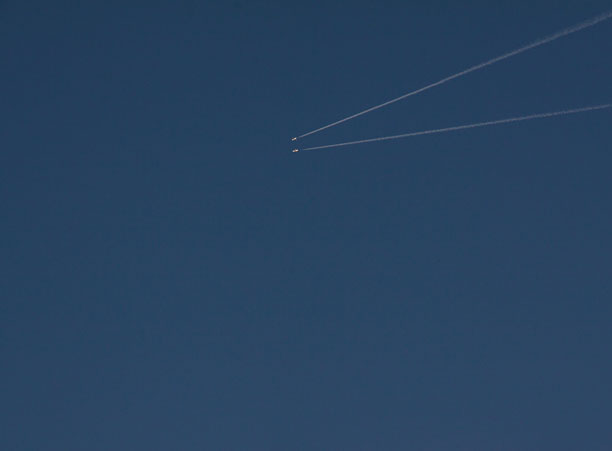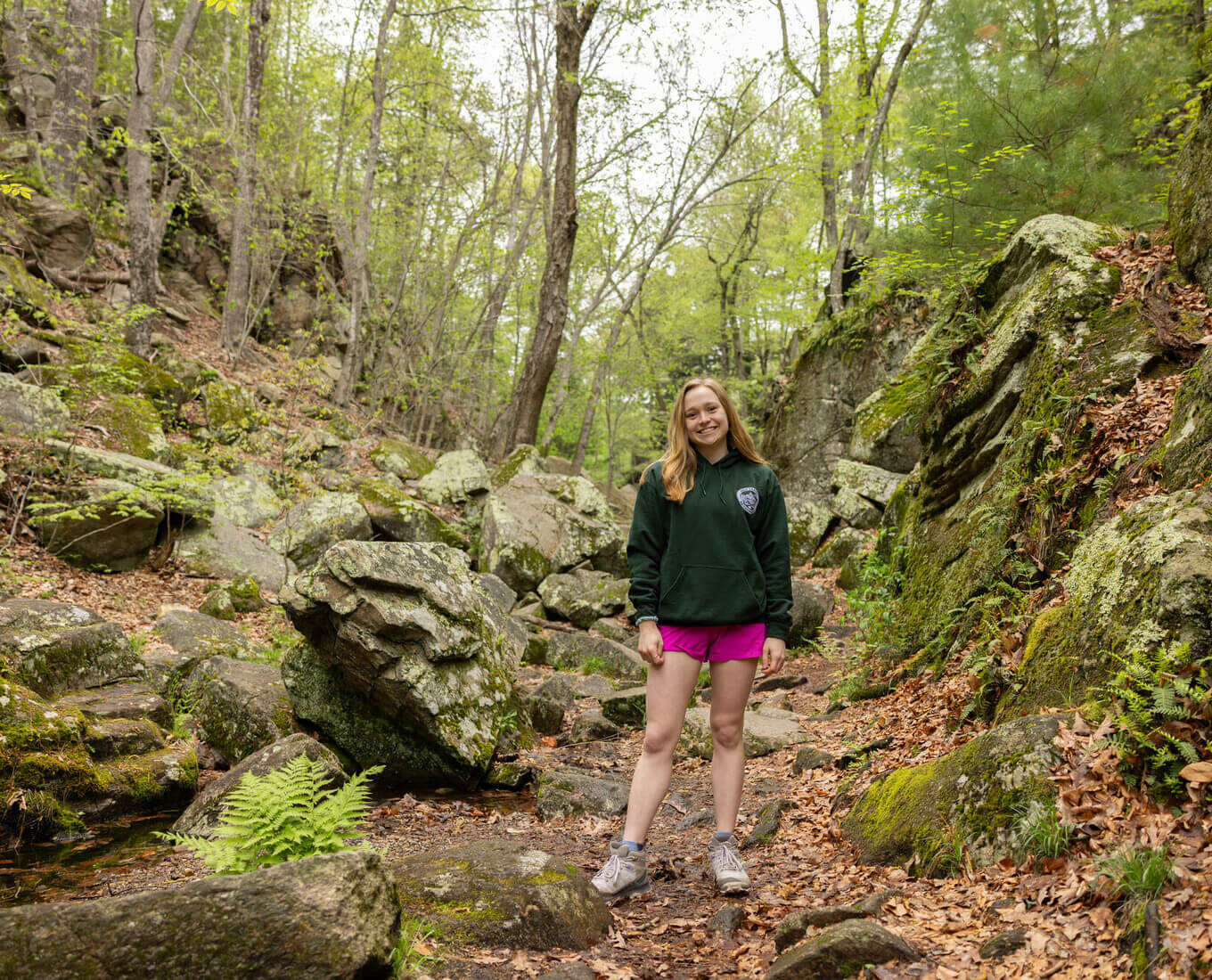 New work by David Gyscek ’96, visiting assistant professor of visual arts at the College of the Holy Cross, is on display in an exhibit titled “Hide and Seek,” at Gold Gallery in Boston. The exhibit, part of a two-part installation, is open now through Nov. 1, with an opening reception to be held on Friday, Sept. 20 from 6 - 8 p.m. Gold Gallery, which is a new contemporary art project in Boston’s historic South End, is open Wed. – Sat. from 12 – 7 p.m. and Sunday from 12 – 5 p.m.
New work by David Gyscek ’96, visiting assistant professor of visual arts at the College of the Holy Cross, is on display in an exhibit titled “Hide and Seek,” at Gold Gallery in Boston. The exhibit, part of a two-part installation, is open now through Nov. 1, with an opening reception to be held on Friday, Sept. 20 from 6 - 8 p.m. Gold Gallery, which is a new contemporary art project in Boston’s historic South End, is open Wed. – Sat. from 12 – 7 p.m. and Sunday from 12 – 5 p.m.
Gyscek primarily works with still photo-based media, although his art extends to sculpture, painting, and video. His work for the exhibit is a new endeavor for him. He says that his photographic practice consisted of making constructed, staged images. However, this particular body of work was made differently, as the pictures are straight photographs. In essence, the photographs were “found” he says. “The photographer hunts for images and chooses what to show and what to exclude,” explains Gyscek. “In that way the relationship between concealment and revelation is really what photography is all about. Indeed, it is like a game of hide-and-seek.”
A philosophy major with a visual arts minor at Holy Cross, Gyseck traces his artistic themes to his Jesuit, liberal arts education. “It has had a profound impact insofar as I recognize and pursue the interconnectedness between disciplines and the connections between the life of the mind and my (our) lived experience,” he says. “That relationship is really the source and inspiration behind my artistic practice.”
Gyscek went on to earn his M.F.A. from Goldsmiths College at the University of London in 2000.
On campus he instructs courses on photography. “Even when teaching the technical aspects of photography, I approach it and encourage my students to approach it with a sense of curiosity and in the spirit of exploration and discovery,” he shares. “I do not simply relay knowledge and information; I try to allow that knowledge to emerge from practice, through trial and error.”
For example, Gyscek took his class to the Worcester Art Museum to view Garry Winogrand's “Women Are Beautiful” exhibition, which was curated by Nancy Burns ’96. Burns guided the students through the intertwining issues that Winogrand’s work raise, including questioning the ethical implications of aestheticized documentary photography and the objectification of women. “This excursion motivates students to draw connections between disciplines, which is a central part of the liberal arts experience,” he says.
Gyscek, too, is not afraid to take creative risks and to form bridges between different artistic ideas. “This body of work is a bit of a departure for me and it represents a new direction,” reflects Gyscek, “Which I am exploring parallel to the work I have been pursuing for the past several years. So, I am a bit anxious about it because it remains new to me. Nevertheless I am excited by the work and its potential to engage an audience.”
Holy Cross Visual Arts Professor's Photo Work on Display in Boston
'Hide and Seek' exhibit open at Gold Gallery
Read Time
2 Minutes


